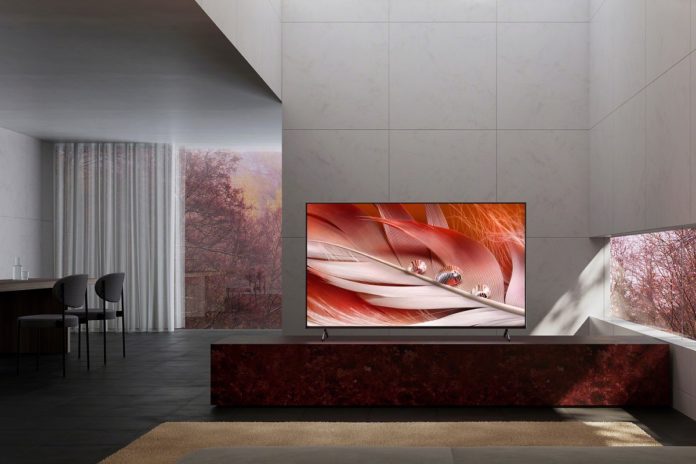A home theater system can serve as a magical ticket to a private cinema experience where you can watch various films about any topics , even about online pokies. A home theater system is a combination of equipment that aims to recreate the movie theater experience using special audio and video components. Some of these include a screen, an A/V receiver, speakers, and a multimedia system.
Deciding on the right home theater system is a daunting task. For instance, it can be connected to an existing television set or used to create a movie theater environment using a screen, a multi-media player, and a surround sound system.
Where should you put your home theater system?
There are various types of home theater systems, and they are generally designed to fit various rooms in your house. Having the right location will aid you to choose the one that fits your needs.
One of the most important factors that you should consider in choosing a home theater system is the optimal position of the front speakers. For optimal audio performance, you should ensure that the front speakers are at an equal distance from your screen and at ear height.
Although a big screen provides you with a cinematic effect, it’s important to consider the angle of the screen when viewing. The best angle is usually 30 to 40 degrees. Ideally, the center of the screen should be at eye level.
If you’re looking for high-quality and long-lasting products, then investing in a brand that’s known for its customer service and durability is a good choice.
Before you buy a home theater system, make sure that its components are compatible with your existing equipment, for example having one additional HDMI port will be helpful to accommodate future wiring needs.
Because of the increasing popularity of high-definition televisions, it’s important that you buy an A/V receiver that supports the latest technology, such as de-interlacing and scaling. These features will enhance a video’s overall resolution without changing its format.
Components of a home theater system
1. A/V receiver
A/V receivers are the heart of a home theater system. They function by processing and amplifying audio and video signals sent to the speakers. All receivers have built-in sound system decoders that allow them to convert audio inputs into surround sound.
Having the right receiver is also important to ensure that it has enough outlets to cover all of your devices and cables. Some of these include optical and coaxial cables for audio sources and components for video playback.
2. Television
A large-screen television provided with the latest television technology is a great choice for a home theater system.
A curved television is also known to provide an immersive viewing experience as well as enable you to enjoy a panoramic view of the world around you.
When opting for television, the viewing distance between you and the screen should be around three times greater than the height of the device. On the other hand, 4K televisions require a viewing distance of only one-and-a-quarter times greater than the height of the screen.
3. Projector and screen
If you’re looking to create a grand cinematic experience in your home, a projector and screen are the best options. In the case of choosing a projector, make sure that it has a brightness of at least 1500 Lumens.
Based on the distance from the wall or screen, you should select a projector type that’s suitable for your home theater. If you’re planning on using a small home theater, a short-throw projector is a good choice.
To determine the ideal height of your screen, divide the distance from the farthest point of your home theater into five. For instance, if your room is about 15 meters long, your screen should be about 3 meters high.
4. Speakers and subwoofers
Subwoofers provide a bass effect through low-frequency sound. These types of speakers are commonly used in home theater systems. If you’re an avid audio user, then you know how important it is to have the best audio experience possible. Before you start shopping for a home theater system, it’s important that you consider the various factors that affect its design and performance.
The number of speakers plays a huge role in the audio quality and clarity of your home theater system. However, you should also consider the size of the room in which you want to use it.
5. Media player and recorder
Through a combination of media players and televisions, users can enjoy a world of disc-based and online content.
Media players equipped with 3D capabilities and Ultra HD are capable of delivering a variety of features and functions.
If you’re a fan of content that’s on Direct-To-Home (DTH), then a media player with a built-in video recorder is a must-have.
If you have a large digital movie collection, then you can easily share it across multiple devices by using a network-assisted drive.




